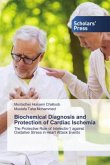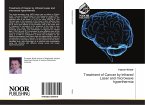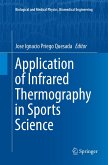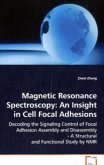Birth is associated with a risk for asphyxia-induced brain damage, principally due to complications during delivery. An important hallmark of asphyxic encephalopathy is that it often requires hours to days to manifest after resuscitation, the result: early prognosis and treatment could potentially improve outcomes. This book presents a novel, minimally-invasive near-infrared spectroscopy bedside technique to measure brain metabolism and blood flow as promising diagnostics of asphyxia. Presented is an overview of the current clinical status of critical care for asphyxic newborns, in addition to validations of the near-infrared spectroscopy technique and demonstrations of its diagnostic potential. The results establish the technique as a promising tool for prognosis and treatment planning of asphyxic encephalopathy for the critically ill newborn.








